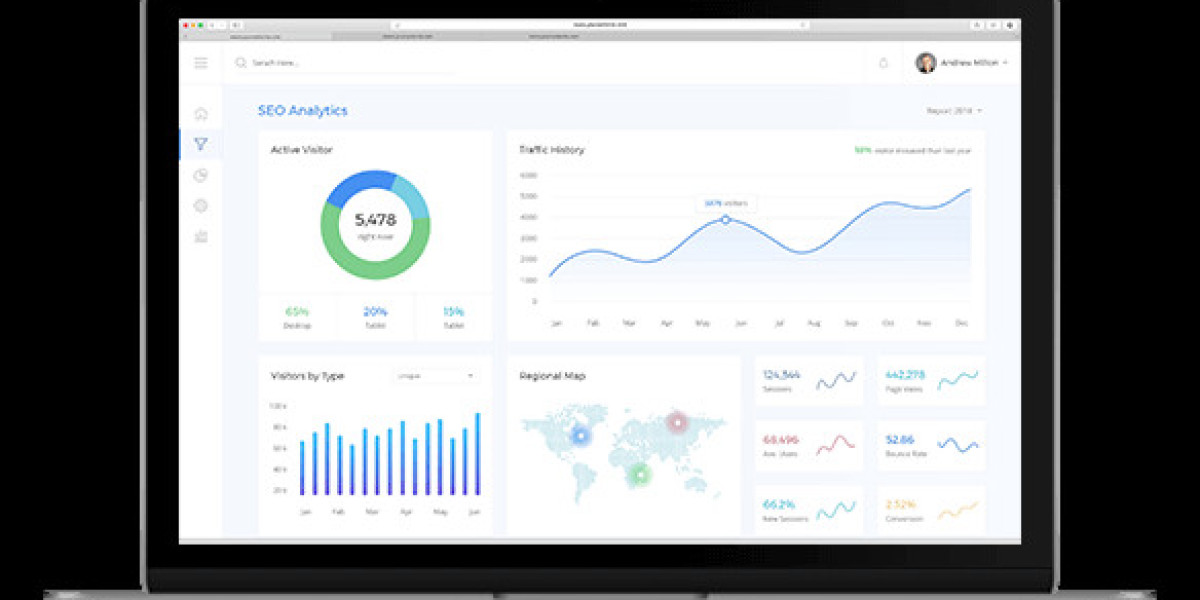In today's knowledge-driven world, educational institutions are embracing technology to create dynamic and interconnected learning environments. The concept of a digital campus goes beyond equipping classrooms with computers. It represents a holistic transformation, leveraging technology to empower students, faculty, and staff, fostering a collaborative and innovative learning ecosystem.
What is a Digital Campus?
A Digital campus is a technology-integrated learning environment that seamlessly blends physical and virtual spaces. It's characterized by:
Ubiquitous Connectivity: Reliable and high-speed Wi-Fi access across the entire campus grounds, enabling seamless device connectivity and information flow.
Learning Management Systems (LMS): A central platform for managing course materials, assignments, communication, and collaboration between students, faculty, and staff.
Digital Content and Resources: Access to a vast repository of online learning materials, e-books, educational apps, and multimedia resources to enrich the learning experience.
Cloud-Based Services: Leveraging cloud-based solutions for tasks like storage, collaboration tools, and administrative functions, ensuring accessibility and scalability.
Digital Signage and Interactive Displays: Utilizing digital displays throughout campus to share information, announcements, and promote events, fostering a more dynamic and connected environment.
Benefits of a Digital Campus:
Enhanced Learning: Digital tools personalize learning, cater to diverse learning styles, and provide access to a wider range of educational resources.
Improved Collaboration: Digital platforms facilitate communication and collaboration between students, faculty, and staff, fostering a more interactive and inclusive learning environment.
Increased Efficiency: Technology streamlines administrative tasks, automates processes, and provides real-time data for informed decision-making.
Accessibility and Flexibility: Digital resources allow students to learn at their own pace and access course materials from anywhere, anytime.
Preparation for the Future: A digital campus equips students with the technological skills and digital literacy needed to thrive in the modern workforce.
Challenges of Implementing a Digital Campus:
Cost and Infrastructure: Upgrading network infrastructure, acquiring devices, and implementing new technologies can be expensive.
Digital Divide: Not all students may have equal access to devices or reliable internet connectivity at home.
Cybersecurity Concerns: A digital campus necessitates robust cybersecurity measures to protect sensitive data and ensure responsible technology use.
Faculty Training and Support: Educators may need training to integrate technology effectively into their teaching methods and leverage the full potential of digital tools.
Building a Successful Digital Campus:
Strategic Planning: Develop a comprehensive plan outlining your vision, budget, and implementation timeline for the digital campus.
Focus on Learning Outcomes: Ensure technology integration aligns with your institution's pedagogical approach and enhances learning outcomes.
Invest in Infrastructure: Upgrade your network infrastructure to handle increased bandwidth demands and ensure reliable connectivity across campus.
Bridge the Digital Divide: Explore solutions like loaner device programs or establishing Wi-Fi hotspots in underserved communities to provide equitable access to technology.
Invest in Cybersecurity: Implement robust security measures to protect student data and campus networks from cyber threats.
Faculty Development and Support: Provide ongoing training and support for faculty to integrate technology effectively into their teaching and assessment practices.
The digital campus is not just a collection of technologies; it's a cultural shift. By embracing technology strategically and addressing potential challenges, educational institutions can foster a dynamic learning environment that empowers students to become lifelong learners and prepares them for the ever-evolving digital world.
For more info. visit us:















